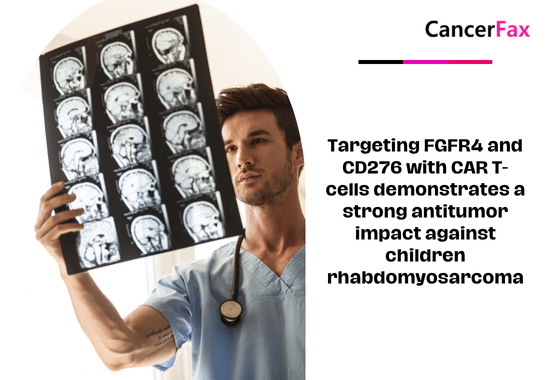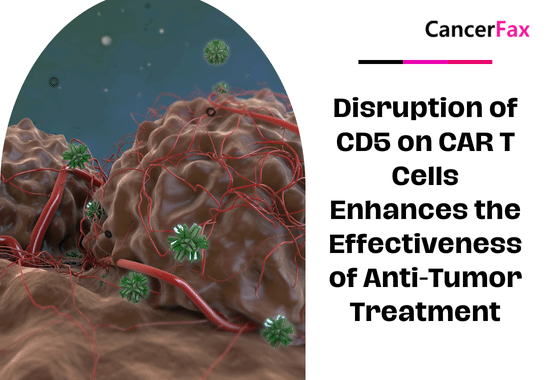Induction therapy followed by stem cell transplantation has maintained a role in the treatment of mantle cell lymphoma (MCL), according to James Gerson, MD, who added that he continues to recommend transplants for patients because they are still eligible for CAR T-cell therapy if they relapse after transplant.
“I inform patients that we have extremely long-term data that a consolidative transplant leads to a protracted remission for those who are eligible,” Gerson said. “If a patient can be in remission for ten years, we may have something even better and more tolerant than CAR T-cell therapy in ten years.”
Brexucabtagene autoleucel (Tecartus) was authorised by the FDA in July 2020 for the treatment of adult patients with relapsed/refractory MCL. Brexucabtagene autoleucel, administered as a single infusion, caused an 87 percent objective response rate and a 62 percent complete response rate in this patient population, according to findings from the phase 2 ZUMA-2 trial.
“Unlike DLBCL, where there are more limits [with CAR T-cell therapy], any patient with MCL who has relapsed after one prior therapy can go straight to CAR T-cell therapy,” Gerson added. “We can bridge them with BTK inhibitors, but we don’t have to.” “There are numerous options.”
Further trials testing CAR T-cell treatment in the frontline scenario for patients with high-risk MCL may be worthwhile to investigate, according to Gerson.
Gerson, an assistant professor of clinical medicine at Penn Medicine, spoke with OncLive® during a 2020 Institutional Perspectives in Cancer webinar on hematologic malignancies about navigating treatment selection amid the approval of CAR T-cell therapy in MCL and the role of transplant after induction therapy.
OncLive®: What induction regimens do you explore for your MCL patients, and how do you choose among them?
Gerson: Because [treatment selection] is based on phase 2, nonrandomized data, there is no proper answer for induction therapy for young, fit patients. Induction therapy usually entails high-dose chemotherapy. A recent study by a French group looked at obinutuzumab [Gazyva] in combination with DHAP [dexamethasone, cytarabine, and cisplatin; O-DHAP] as frontline therapy for young patients prior to consolidative transplant.
I’ve used R-DHAP [rituximab (Rituxan) plus DHAP] before, but not this O-DHAP. I believe there is reason to be enthusiastic about that alternative. Despite the fact that it is a phase 2 trial, it should provide sufficient data to submit to insurers and obtain approval. Again, it’s not something I’ve done before, but it’s something I’m extremely interested in trying in the next months.
For patients who are eligible, [induction therapy] is frequently followed by a stem cell transplant.
Second-line BTK inhibition is now pretty much the standard of therapy in the relapsed scenario. Between [ibrutinib (Imbruvica) and acalabrutinib (Calquence), there is no right answer. Ibrutinib appears to have a greater rate of adverse effects [AEs] based on anecdotal evidence and some limited published research. Acalabrutinib is a little different, but it appears to be more tolerated over time. When I tell patients this, they usually desire the medication with the fewest adverse effects. Many of us end up choosing acalabrutinib, yet there is no comparable data on its efficacy. When comparing the two experiments, the curves are very similar.
In the era of cellular therapy, what is the role of transplant in MCL?
The challenge, of course, is that with the FDA approval of brexucabtagene autoleucel and CAR T-cell therapy coming into MCL, it is hard to know if we should still be transplanting patients. No one knows the answer because it is obviously not something that has been explored. The only thing that is known is that patients who have been transplanted can still go forward with [CAR T-cell] therapy and respond quite well. Therefore, it is not that getting a transplant means a patient cannot get CAR T-cell therapy in the future.
[With that], I usually tell my patients not to skip transplant because of the approval of brexucabtagene autoleucel in the relapsed/refractory setting. That said, it is an individualized choice. Certainly, some patients might make that choice not to undergo a transplant now that CAR T-cell therapy is available to them should they relapse. Still, in my practice, I will still offer transplant to a patient who is young and fit as a consolidative measure after induction therapy.
Do you see CAR T-cell therapy gaining a more significant role in MCL? Will it eventually move into the frontline setting?
Right now, the label given to brexucabtagene autoleucel was very open, [encompassing] any relapsed/refractory patient [with MCL]. That is great not only for patients but for practicing physicians.
[Bringing CAR T-cell therapy to] the frontline setting will likely be investigated in the future, especially for high-risk patients with high MIPI [Mantle Cell Lymphoma International Prognostic Index] scores, TP53 mutations, blastoid variant MCL, or pleomorphic variant MCL. [These features] tend to [confer] worse outcomes. There are areas where using [CAR T-cell therapy] in the frontline setting is worth looking into.
It is completely up to the company whether they want to pursue it. Otherwise, it is going to be left to investigator-initiated trials, which are going to be difficult because of the cost associated with CAR T-cell therapy. Some centers may pursue using homegrown CAR T-cell therapy where the cost is much lower for some of these high-risk patients, but I hope the company will pursue such trials in the frontline setting.
What other regimens are potentially on the horizon in MCL and how could they best fit into the paradigm?
There are a lot of similarities between chronic lymphocytic leukemia [CLL] and MCL. A similar triplet strategy to ibrutinib, obinutuzumab, and venetoclax [(Venclexta) in CLL] is being looked at in frontline and relapsed/refractory MCL. That is incredibly exciting and could very well supplant typical [cytarabine]-based induction and transplant. We will need long-term follow-up, so we probably won’t know for many years.
Thankfully, with minimal residual disease [MRD], we will possibly be able to know much sooner, because if we can get a large percentage of patients into an MRD-negative state, that is a proxy for outcome. Again, we won’t know for probably about 10 years before we get that long-term follow-up, but we will have a good enough idea if we [should] use MRD as a surrogate end point.

